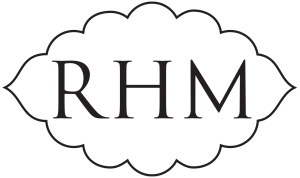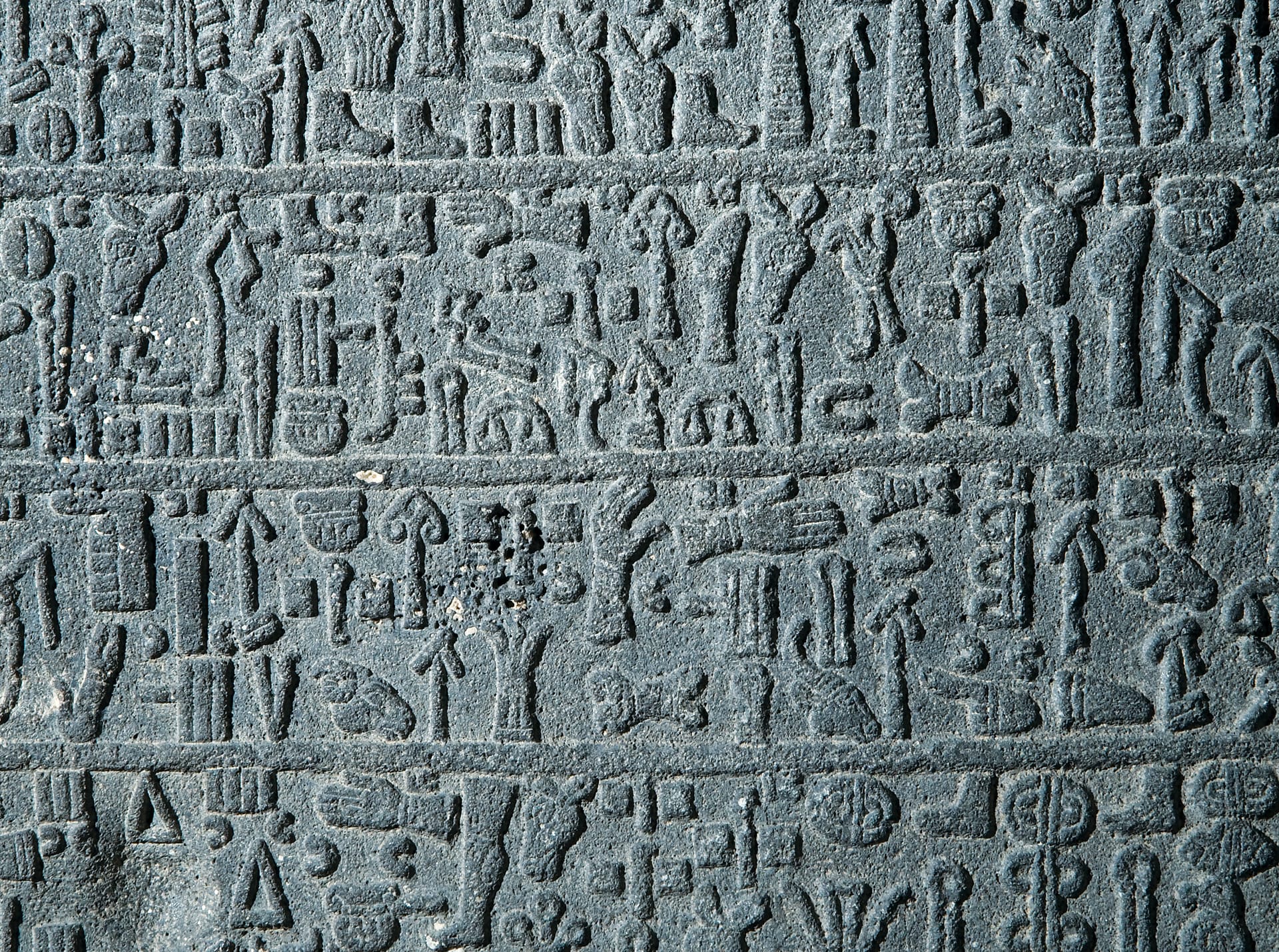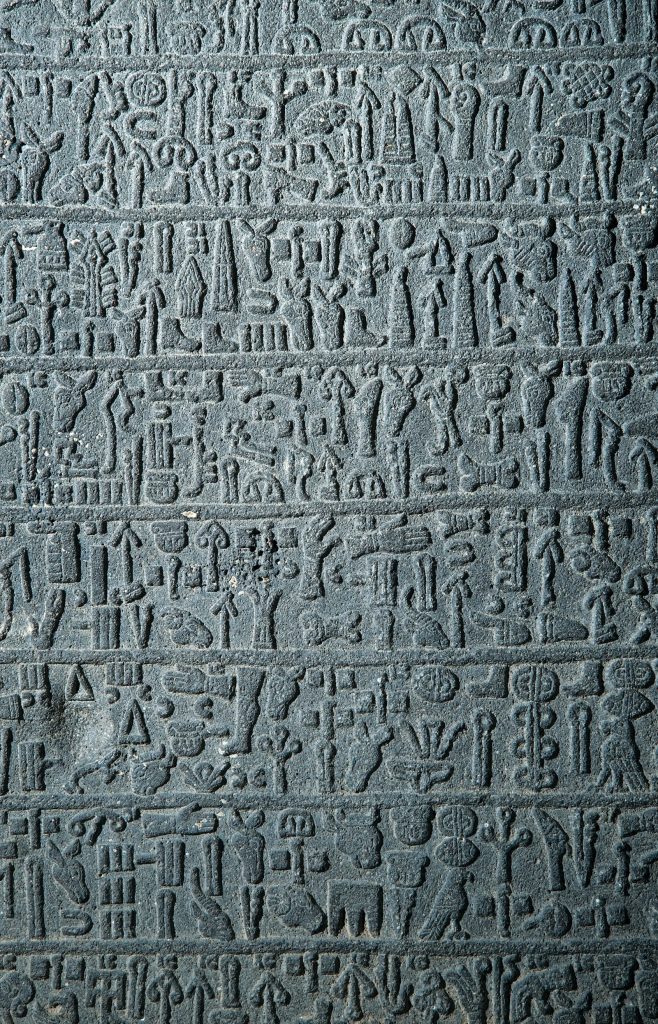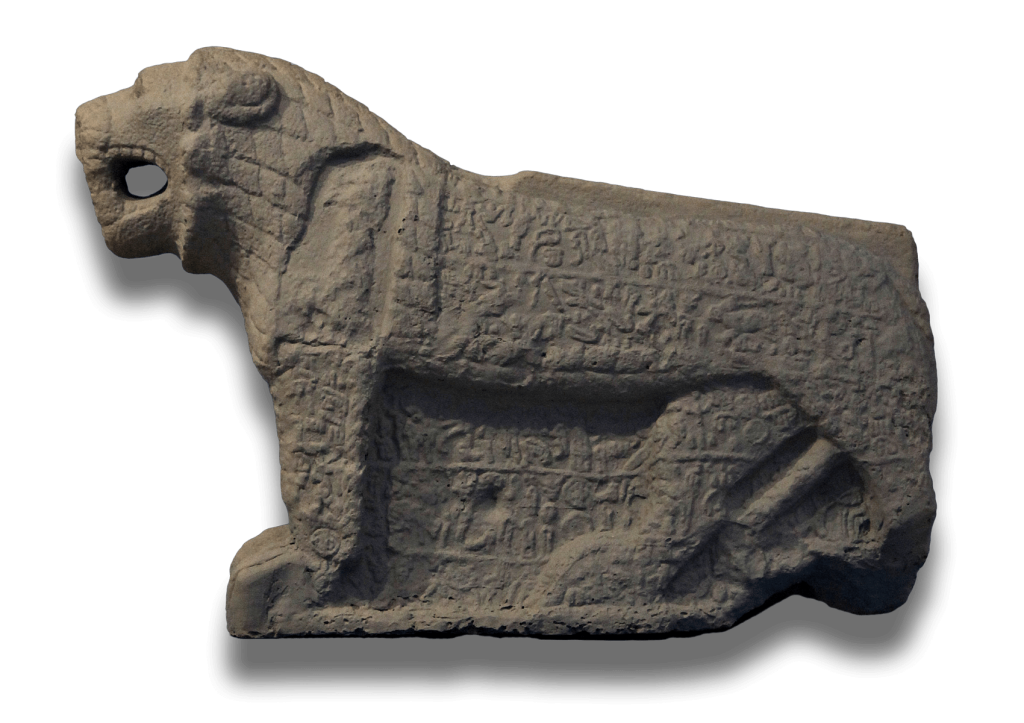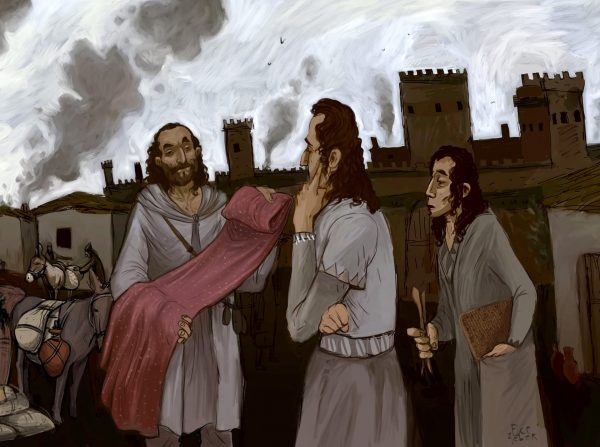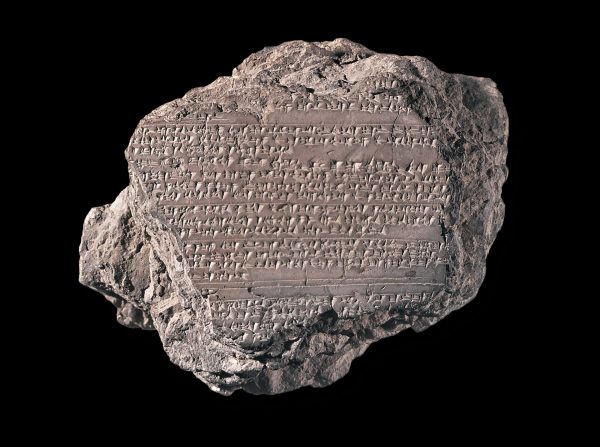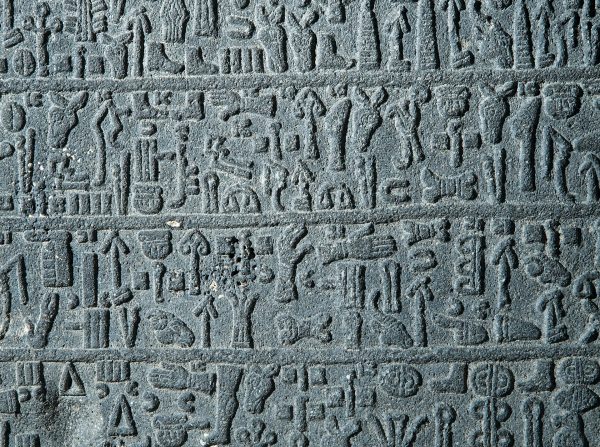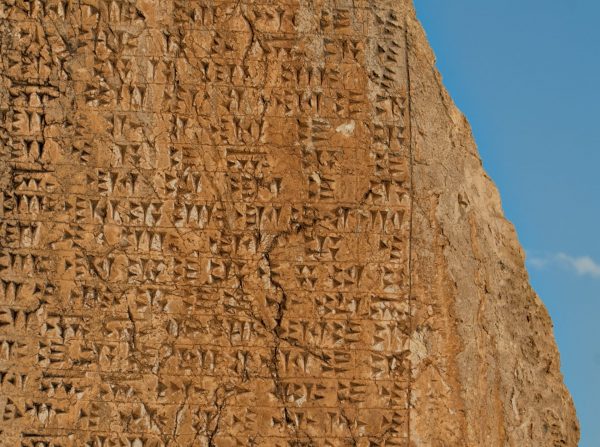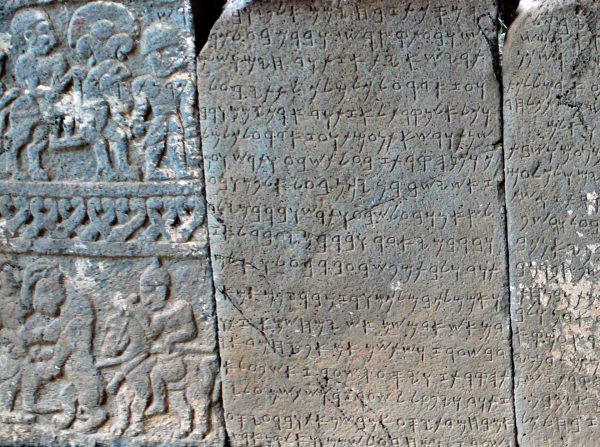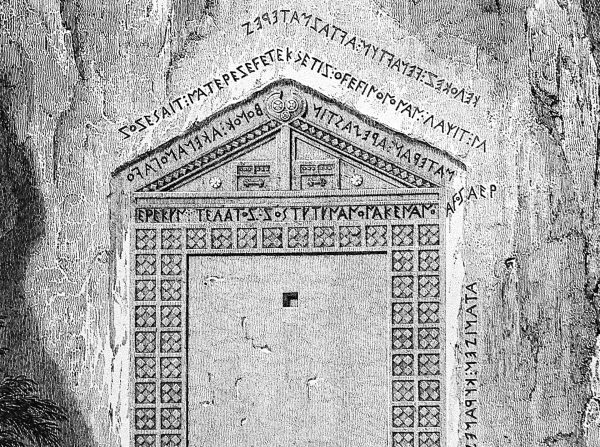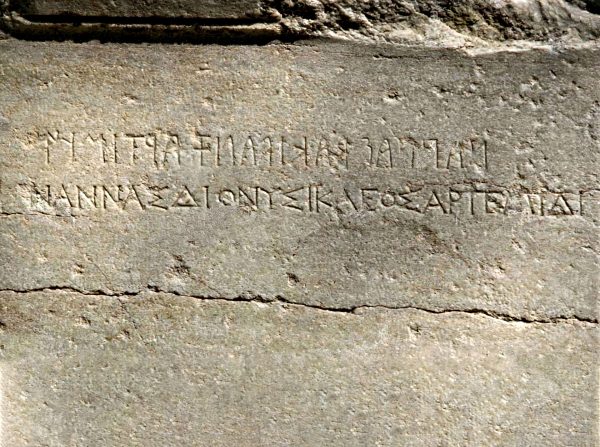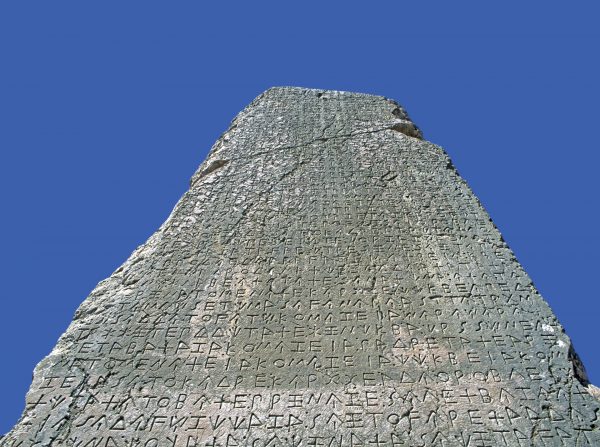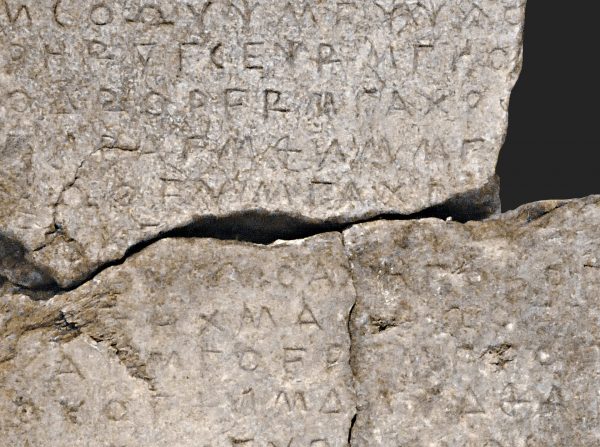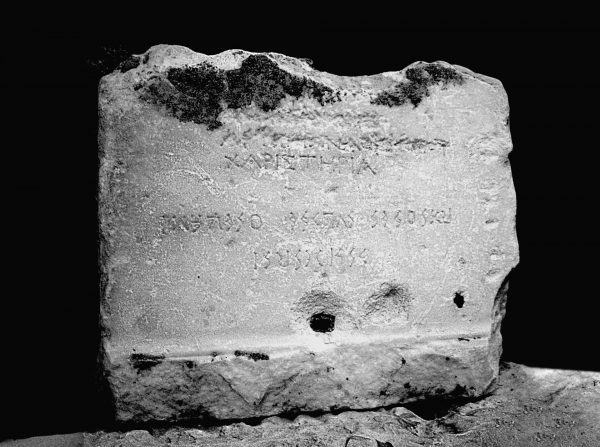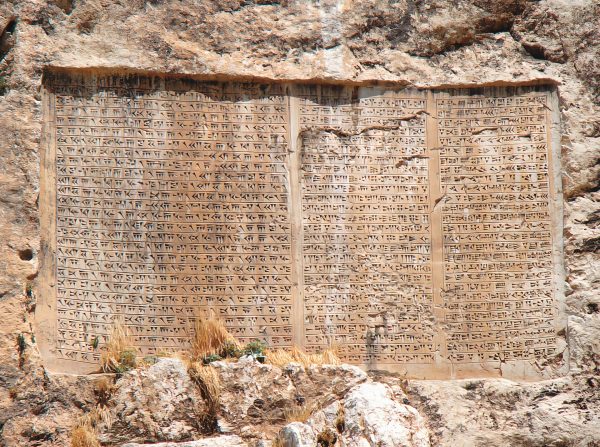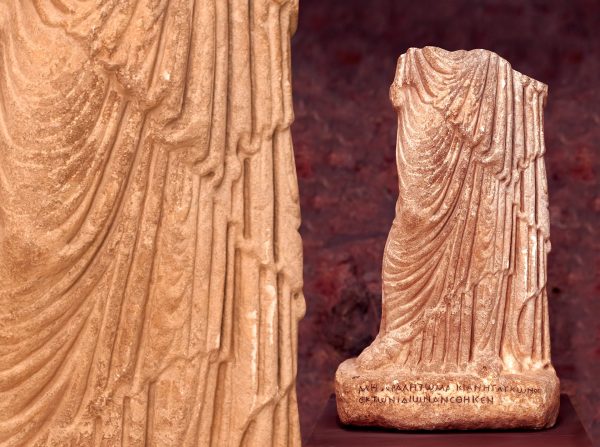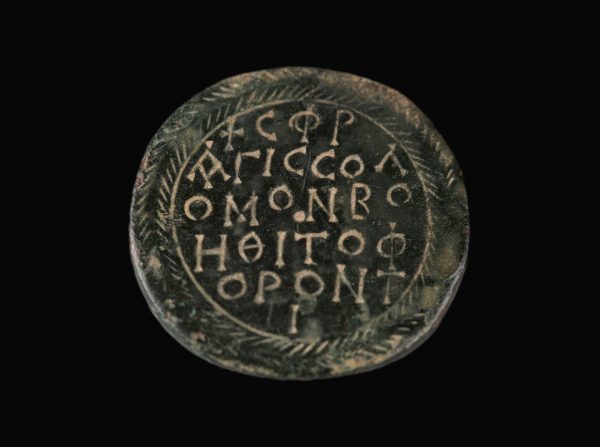Unique to Anatolia, the Luwian hieroglyphic was born out of symbols and pictograms used commonly in the 2nd millennium BC.
The name with which prehistoric societies refer to themselves is seldom known. In order to define that society, one often studies written sources that convey information about their people. Today, the name Luwians used for themselves still remains a mystery. Meaning “the land of light” in Luwian, the word luwili is used in the Hittite texts to define Luwians in a geographical context. Hittite and Luwian are part of the Anatolian languages of the Indo-European language family, whereas Luwian belongs to a sub-group that includes Lycian A, Lycian B, Carian, and perhaps Sidetic and Psidian as well.
Spoken in the southwest of Asia Minor in the 1st millennium BC, all these languages were recorded with their respective alphabets. Unique to Anatolia, the Luwian hieroglyphic was born out of symbols and pictograms used commonly in the 2nd millennium BC. Although it appears quite pictorial, Luwian contains separate signs for syllables and words. Anatolian hieroglyphics are roughly similar to their Egyptian counterparts in terms of arrangement principles. It is thought that Luwian hieroglyphic script was developed in Hattusa as a local alternative to Mesopotamian cuneiform. Hieroglyphic Luwian was spoken first in Central Anatolia and later in northern Syria between 18th and 8th centuries BC. Hittite, the primary language of the Hittie Empire, disappeared once the Hittite Empire began to collapse as of the 1200s BC. Luwian; however, survived during this period.
The earliest evidence of Luwian is, exceptionally, found in the Akkadian cuneiform texts of early Assyrian merchants of 18th century BC discovered in Kültepe/Kanesh. It is evident that some groups in the local population were speaking Luwian even during this period. Luwian words written separately in the Hittite cuneiform texts increased in number over time. In 13th century BC, a large number of Luwian words were included in Hittite texts. They are distinguished by a couple of signs named Glossenkeil (gloss wedges). The increase in the number Luwian-speaking ruling class members and statesmen led to a multiplication in the number of Luwian words used in Hittite texts.
After the fall of the Hittite Empire, the hieroglyphic script was used by numerous smaller states settled in southern Anatolia and northern Syria. Regardless of their descent as Hittite or otherwise, Luwian was used to express the power of sovereignty and elite values among people living in this region. Luwian hieroglyphic script not only preserve the writing tradition of 2nd millennium BC Anatolia, but it was the only writing tool of Late Hittite city-states as well.
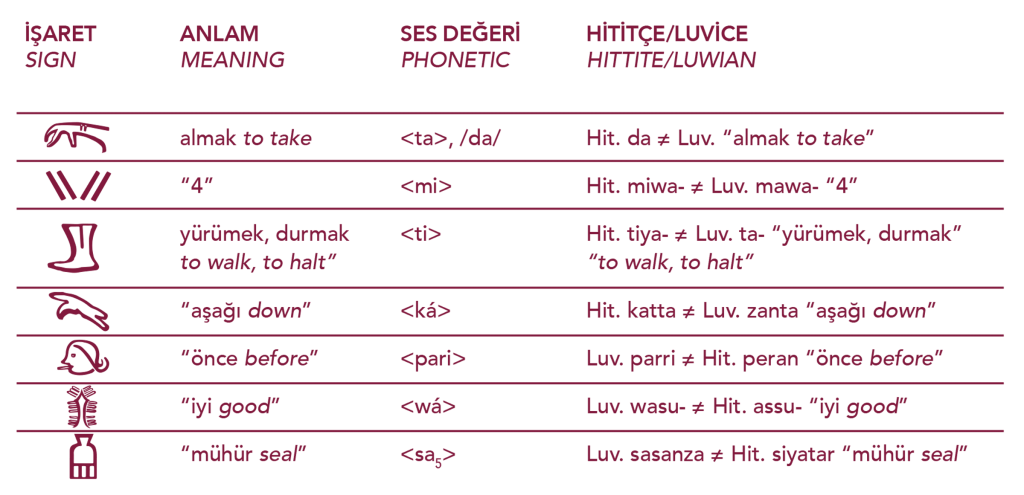
Yariri Monument
Place of Discovery: Karkamış (Gaziantep)
Language: Luwian hieroglyph
Date: Early 8th century BC
Material: Basalt
The Museum of Anatolian Civilizations Collection
…”This is Kamani and these are his younger brothers. Although he is a young boy, I have taken him with my hands and placed him on the temple”…
Known as Yariri Monument due to the name on the inscription, the front of the pillar in relief features King Yariri and his son Kamani.
The Lion of Maraş
Place of Discovery: Kahramanmaraş
Language: Hittite hieroglyph
Date: 810-783 BC
Material: Basalt
Kahramanmaraş Museum Collection
“I, Prince Halparuntash/ The first son of the King of the city Gurgum / Governor Layamash/ The grandson of Halparuntash the Hero/ Great grandson of Brave Muvatalish/ Great grandson of Prince Halparuntash/ Great great grandson of Blessed Muavish / Great great great grandson of the Great Layamash /From the ancestry of Governor Layamash / Loved by the Gods, /Recognized by the people, known in the faraway lands, / The mighty and merciful king and the Gods that love me and my ancestors / Ascended me to the throne of my father / I revived the devastated areas / I made these cities prosper with the permission of Tarhunzash and Ea…”
The inscription of this sculpture mentions the two lions King Halparunda offered as votive for his father Layamash and commands his ancestors, the kings of Gurgum. These lions stand as guards on two sides of the main gate of a building.
